The Moral Travesty of Israel Demanding Arab and Iranian Money for Its Own ‘Nakba’
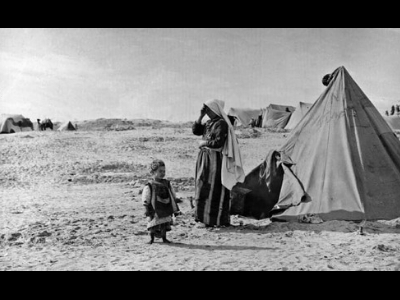
Ramzy Baroud: 'Nearly 70 years after its founding, UNRWA remains essential and irreplaceable'. (Photo: via UNRWA archive)
By Ramzy Baroud
The game is afoot. Israel, believe it or not, is demanding that seven Arab countries and Iran should pay $250 billion as compensation for what it claims was the forceful expulsion of Jews from Arab countries during the late 1940s. The events that Israel cites allegedly occurred at a time when Zionist Jewish militias were actively uprooting nearly one million Palestinian Arabs and systematically destroying their homes, villages, and towns throughout Palestine.
The Israeli announcement, which reportedly followed “18 months of secret research” conducted by the government’s Ministry of Social Equality, should not be filed under the ever-expanding portfolio of Israel’s shameless misrepresentations of history. It is actually part of a calculated effort by the Israeli government, especially by Minister Gila Gamliel, to create a counter-narrative to the legitimate demand for the implementation of the Right of Return for Palestinian refugees ethnically cleansed by Jewish militias between 1947 and 1948.
There is a reason behind the Israeli urgency to reveal such questionable research: the relentless US-Israeli attempt over the past two years to dismiss the rights of Palestinian refugees, to question their numbers by re-defining who they are and to marginalize their grievances. It is all part and parcel of the ongoing plot disguised as the “Deal of the Century”, with the clear aim of removing from the table all major issues that are central to the Palestinian struggle for freedom.
“The time has come to correct the historic injustice of the pogroms [against Jews] in seven Arab countries and Iran, and to restore, to hundreds of thousands of Jews who lost their property, what is rightfully theirs,” said Gamliel.
The phrase “…to correct the historic injustice” is no different to that used by Palestinians who have for 70 years and counting been demanding the restoration of their rights as per UN Resolution 194. The deliberate conflating of the Palestinian narrative and the Zionist narrative is aimed at creating parallels, with the hope that a future political agreement will result in grievances canceling each other out.
Contrary to what Israeli historians want us to believe, though, there was no forced mass exodus of Jews from Arab countries and Iran. What took place was a massive campaign orchestrated by Zionist leaders at the time to replace Palestine’s indigenous Arab population with Jewish immigrants from all over the world. The ways in which this mission was achieved often involved violent Zionist plots, especially in Iraq.
In fact, the call for Jews to gather in Israel from all corners of the world remains the rallying cry of Israeli leaders and their Christian Evangelical supporters. The former want to ensure a Jewish majority in the state, while the latter is seeking to fulfill a Biblical condition for their long-awaited Armageddon and Rapture. To hold Arabs and Iran responsible for this bizarre and irresponsible behavior is a transgression of the true historical narrative in which neither Gamliel nor her ministry is interested.
On the other hand, and unlike what Israeli military historians often claim, the expulsion of Palestinians from Palestine in 1947-48 (and the subsequent purges of the native population that followed the war of 1967) was a premeditated act of ethnic cleansing and genocide. It has been (and remains) part of a long-term and carefully calculated campaign that, from the very start, served as the main strategy at the heart of the Zionist movement’s “vision” for the Palestinian people.
“We must expel the Arabs and take their place,” wrote Israel’s founder, military leader and first Prime Minister, David Ben Gurion in a letter to his son, Amos, in October 1937. That was over a decade before Plan D (for Dalet) — which saw the destruction of the Palestinian homeland at the hands of Ben Gurion’s militias and Zionist terrorist groups — was put into action.
Palestine “contains vast colonization potential,” Ben Gurion also wrote, “which the Arabs neither need nor are qualified to exploit.” This clear declaration of a colonial project in Palestine, communicated with the same kind of unmistakable racist language and insinuations that accompanied all of the other western colonial experiences throughout many centuries, was not unique to Ben Gurion. He was merely paraphrasing what was, by then, understood to be the crux of the Zionist enterprise in Palestine at the time.
As Palestinian Professor Nur Masalha concluded in his book, Expulsion of the Palestinians, the idea of the “transfer” — the Zionist term for ethnic cleansing — of the Palestinian people, was and remains fundamental to the realization of Zionist ambitions in Palestine. Palestinian Arab “villages inside the Jewish state that resist ‘should be destroyed… and their inhabitants expelled beyond the borders of the Jewish state’,” wrote Masalha, quoting the History of the Haganah by Yehuda Slutsky. The Haganah was the main Zionist militia which went on to become the Israel Defence Forces, along with remnants from the Irgun and Stern Gang terrorist groups.
What this meant in practice, as delineated by Palestinian historian Walid Khalidi, was the joint targeting by various Jewish militias of all population centers in Palestine systematically and without exception. “By the end of April [1948], the combined Haganah-Irgun offensive had completely encircled [the Palestinian city of] Jaffa, forcing most of the remaining civilians to flee by sea to Gaza or Egypt; many drowned in the process,” wrote Khalidi in Before Their Diaspora.
This tragedy grew to affect all Palestinians everywhere within the borders of their historic homeland. Tens of thousands of refugees joined up with hundreds of thousands more at various dusty trails throughout the country, growing in number as they walked further, before finally pitching their tents in areas that were meant to be temporary refugee camps. Alas, these remain Palestinian refugee camps today, spread across the occupied West Bank and Gaza Strip, Jordan, Syria, and Lebanon.
None of this was accidental. The determination of the early Zionists to establish a “national home” for Jews at the expense of the country’s Palestinian Arab people was communicated, openly, clearly and repeatedly throughout the formation of early Zionist thought, and the translation of those well-articulated ideas into reality.
Seventy years have passed since the Nakba — the Catastrophe of 1948 — and Israel has never taken responsibility for its actions, and nor have Palestinian refugees received any measure of justice, however small or symbolic. For Israel to be seeking compensation from Arab countries and Iran is, therefore, a moral travesty, especially as Palestinians refugees continue to languish in refugee camps across Palestine and the Middle East.
Yes, indeed “the time has come to correct the historic injustice,” but not of what Israel is now alleging to have been “pogroms” carried out by Arabs and Iranians. The real historic injustice is the ongoing and tragic destruction of Palestine and its people.
– Ramzy Baroud is a journalist, author and editor of Palestine Chronicle. His forthcoming book is ‘The Last Earth: A Palestinian Story’ (Pluto Press, London). Baroud has a Ph.D. in Palestine Studies from the University of Exeter and is a Non-Resident Scholar at Orfalea Center for Global and International Studies, University of California Santa Barbara. His website is www.ramzybaroud.net.


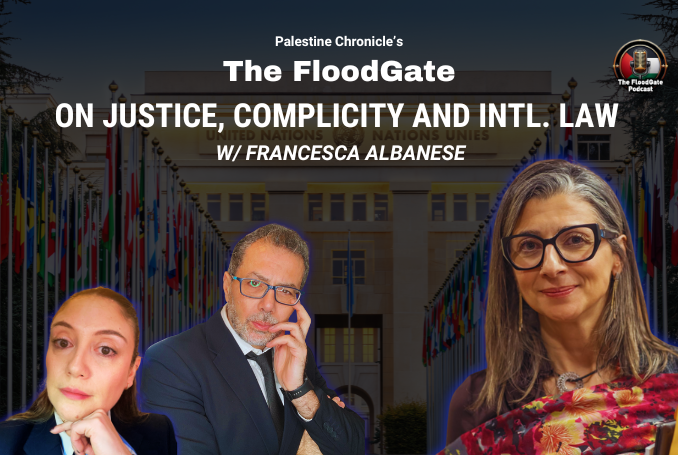





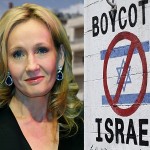

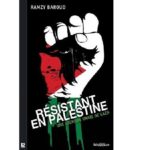
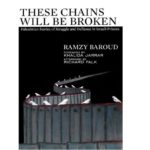

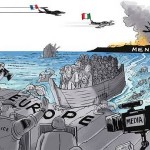

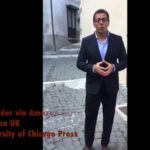



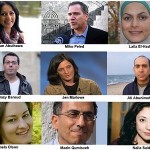
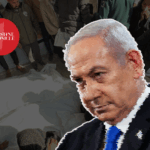


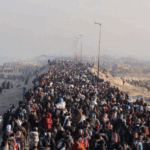

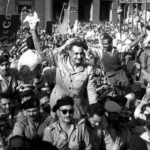
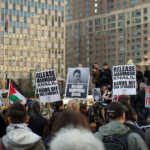






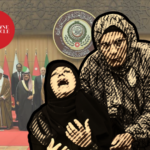
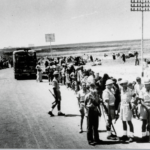

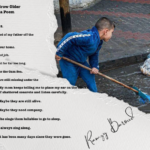



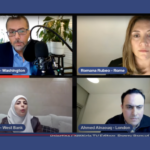
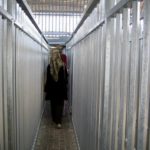
0 Comments